This is a follow-up to last year’s popular 10 Bold, In-Depth predictions for Season 5. If you want to see how wrong I was about Coaches being allowed in in-game comms and how I’m a prediction god for knowing Coast would be bad, feel free to click the link above. Now, without further ado, I present my predictions for Season 6.

- Something will happen that will force the competitive scene to confront its Mental Health problem head on.
For years, we’ve been told that the great thing about eSports is that you can practice essentially non-stop due to the minimal physical strain you incur playing a videogame. Players looking to break into the scene practice for hours on end and usually late into the night. They have to, because players already in the scene are also doing this. Competitive players keep odd hours, with many waking up between 10 am and noon and not going to sleep until 2-4 am.
For years, the mental health side of the players have been ignored. Teams lay claim to the employ of sports psychologists, but much like physicians in traditional sports, sports psychology is geared towards ensuring top performance. These Sports Psychologists likely face pressure from the organizations and player’s themselves to ensure that they’re ready for game day. You’ll note that a lot of rules put in place to protect a player’s mental and physical health seem to fall by the wayside as the season goes on, and especially during bootcamps. Teams want their players to be calculating, efficient, machines. They’re expected to play lengthy hours of scrimmages, with VOD analysis in between, followed by contractually required solo queue practice. In many cases, they’re not allowed girlfriends and social life outside of team activities is limited. The crux of the problem is that humans are not machines. They have physical, emotional and intellectual needs that need to be met. We know that many players, like Bjergsen and Quas, have struggled with and/or are still struggling with anxiety and depression because they have said so. We know that one former pro, Promise, attempted to end his own life. These issues are real, and until teams adequately address them, the scene is essentially a ticking time bomb until tragedy strikes.
When confronted with the physical abuse undergone by players, the NFL/NFLPA instituted rules that limited practice time, required players pass specific tests before they could re-enter the game after a head injury and introduced mental health evaluations for current and former players. Perhaps the time has come for Riot to place limits on how many hours competitive players are obligated/allowed to scrim and practice solo queue. Probably not. To many, that would be a massive overreach. So it’s up to the organizations themselves to take the initiative.
- IWCs will face setbacks internationally due to improvements at the top end of North America and Europe, before roaring back in Season 7.
The Wild Card regions, specifically Brazil and Turkey, have experienced tremendous growth over the past year to the point where Brazil’s best team could stand nearly shoulder to shoulder with some of the better teams coming out of North America. The problem they’ll face in Season 6 is a matter of group draws. The best case scenario group for an IWC is NA/EU #1 and NA#2/EU#2/LMS#1). With western teams consolidating talent, the top 2-3 teams in NA and EU look to be significantly stronger than in past seasons. Fans of those regions shouldn’t fret too much. Your favorite region is improving, even if the W/L at international tournaments doesn’t reflect it.
- The new generation of players will rise to claim their birthright.
2014 was the year established talent came together to reach their peak potential, reflected in the eventual World Champion, SSW. 2015 was a transition year for competitive League of Legends. Long-standing players across all regions saw continued, and sometimes rejuvenated success while new talent started to break in across all regions. There’s no better example than SKT1, who combined the longstanding mid/jungle combination of Faker and Bengi with Marin, Bang and Wolf to win the World Championship. 2016 will be the year that the new talent completes their takeover. This, combined with all the new rosters, is going to make Season 6 far less predictable than you might expect. Keep in mind that the 8 quarterfinal teams at the Season 5 World Championship included two LMS teams, an Origen roster with one LCS split under its belt, a Fnatic roster that replaced all but one player and a KOO roster filled with players that in past seasons were considered amongst the worst at their position in Korea.
- A Western Team will make the finals of the World Championship.
For the first time in years, a Western Team (Origen) enters the season as a prime contender for the Summoner’s Cup with several others (NRG, TSM, H2K, Fnatic) in position for international relevancy if not more should things go as planned. With China looking to be a mess, that leaves Korea as the primary obstacle between a Western Team and the Summoner’s Cup. Considering a Korean team has taken home the Summoner’s Cup for three years running, that’s as it should be. Having consolidated talent into a few extremely talented super teams, NA and EU look to be in a prime position to take advantage of the power vacuum left in the wake of China’s collapse. That said, a Western team has never beaten a Korean team in a Best of 5. In fact, before CLG took down JAG at IEM San Jose, it had been three years since a Korean team lost to a Western team in any Best of format. Odds are, any Western Team is going to have to beat at least one Korean team in a Best of Five to reach the finals, and likely two Korean teams to win it all. While I’m not quite ready to predict the latter, I do think the time is ripe for a Western team to at least make it to the finals. The upcoming format change from best of one to best of two/three should NA/EU teams immensely.

- Most Venture Capitalist funded rosters will bow out of the League when their results don’t match the investment.
The VC’s buying into the western scene are different than those who bought into China. Most of the VC’s who invested into the Chinese scene are ultra-rich with generational money and their investment is mostly a whim or fancy that could change at any time. The loss of a few million dollars is nothing to them and their ownership is largely an ego trip, with their organizations and players serving as shiny toys. We’re already seeing some of these VC’s grow bored with their investment and we should expect the chinese market to shrink in the coming year as a second round of korean imports fails to pay dividends.
The VC’s investing into North America appear to be taking their investments more seriously. NRG and Immortals are taking similar approaches, combining top tier international talent with strong local talent with hopes for immediate success, while Ember is trying to build a 100% domestic roster from the ground up. All three lay claim to a desire to improve infrastructure within the scene, with a special focus on treatment of their players. The harsh truth is that they are far more likely to fail than succeed. For all the desire in the world, it can’t suddenly create the trained personnel that a decade and a half of eSports has given birth to in Korea. Thus, while organizations might want to have a full staff of coaches and analysts, the fact remains that the talent doesn’t currently exist to fill all those positions. While it’s getting better, many of these hires are essentially crap shoots that organizations hope work out. As new organizations, and in Embers case, a new Challenger organization, the top talent available at these infrastructural positions is unlikely to go to them. Though in Ember’s case, their failure is likely to come due to their admirable, but misguided goal to build a roster replete with domestic talent and their late start at fulfilling said objective that left few top tier options available. TL;DR Investor impatience/boredom, unsustainable salaries, lack of qualified support staff candidates and poor roster construction will doom most VC organizations.
- Team Impulse will finish the spring split 0-18.
Having failed to sell their LCS spot, Team Impulse is now left to build a competitive roster from the dregs of the NA talent pool. No team has ever failed to win a single game in the history of the LCS, though Coast came close last Spring at 1-17 with a roster of Cris, Impaler, Mancloud, Mash and Sheep. At this point, barring a surprise, Impulse would be lucky to get a roster even close to as good as that one. Combine that with improved rosters nearly across the board and you have a recipe for disaster.
- Riot will finally succumb to pressure and double the World Championship prize pool.
I made this prediction last year, and it’s probably the prediction I’m most surprised didn’t come true. But this year, with Riot picking up a title sponsor (I wonder who…) for the LCS, it seems not only likely, but inevitable. The title sponsor will want to prove to what will likely be a skeptical community that their investment is legitimate and sincere, and Riot will want to prove that that money is going to more than just lining their pockets.
- Riot’s decision to split broadcasts will be a rousing success.
A hugely unpopular decision when first announced, most fans will likely warm to the idea and eventually grow to love it. How many of us have lamented having to wait through X games until our favorite teams play? Split broadcasts should alleviate this problem. From a logical standpoint, a split broadcast is the cost that western fans will have to pay for getting best of two/threes instead of best of one. For LCK fans, it might be a little harder pill to swallow. OGN has done a phenomenal job broadcasting the LCK, with the best production value of any broadcast, including Riot’s own LCS broadcast. We may never find out the real reason that Riot has decided to strip OGN of some of its broadcast, but like most licensing deals, it probably came down to money.
- Riot will tease their second game release, and their expansion into film and/or television before the year is out.
League of Legends has always had the potential to be more than just a video game. The large variety of Champions lends well to merchandising and the extensive lore provides a solid foundation for film and/or television properties. This is really Riot’s sleeping giant. By their own admission, Riot has been slow to expand their merchandising out of a desire to “do it right”. It’s not hard to imagine that the increasingly detailed cinematics that Riot’s released over the years are simply building up towards some big end game. My dream? A LoL anime launched in tandem with the Japanese Servers. There would not be a better way to introduce LoL to the japanese community than that.

LJL Posing Game on Point
- An LJL team will make the World Championship.
The Japanese LoL scene is really only held back by one thing, they don’t yet have their own server. LJL players play on the Taiwanese or Korean servers, while japanese players that aren’t on an LJL team have to play on NA (due to Korean accounts being tied to SSNs). That means they have god-awful ping, much like Korean players in the early days of LoL before they got their own server. Those who follow the LJL know it to be action-packed, filled with colorful, entertaining personalities and a worthy addition to the competitive scene. Now that Japan will finally have its own server, mark down 2016 as the year they make their entry to the world stage.



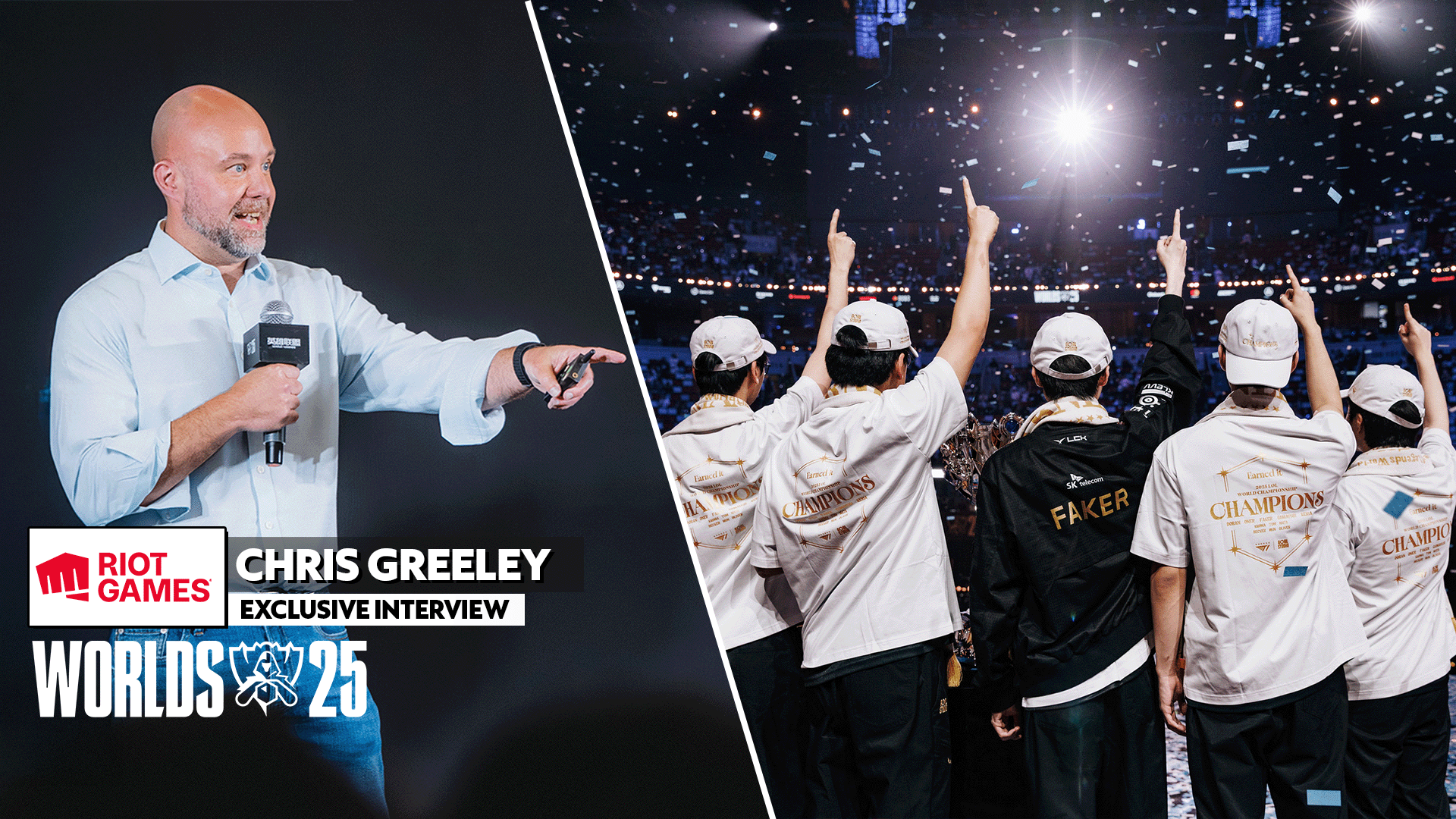
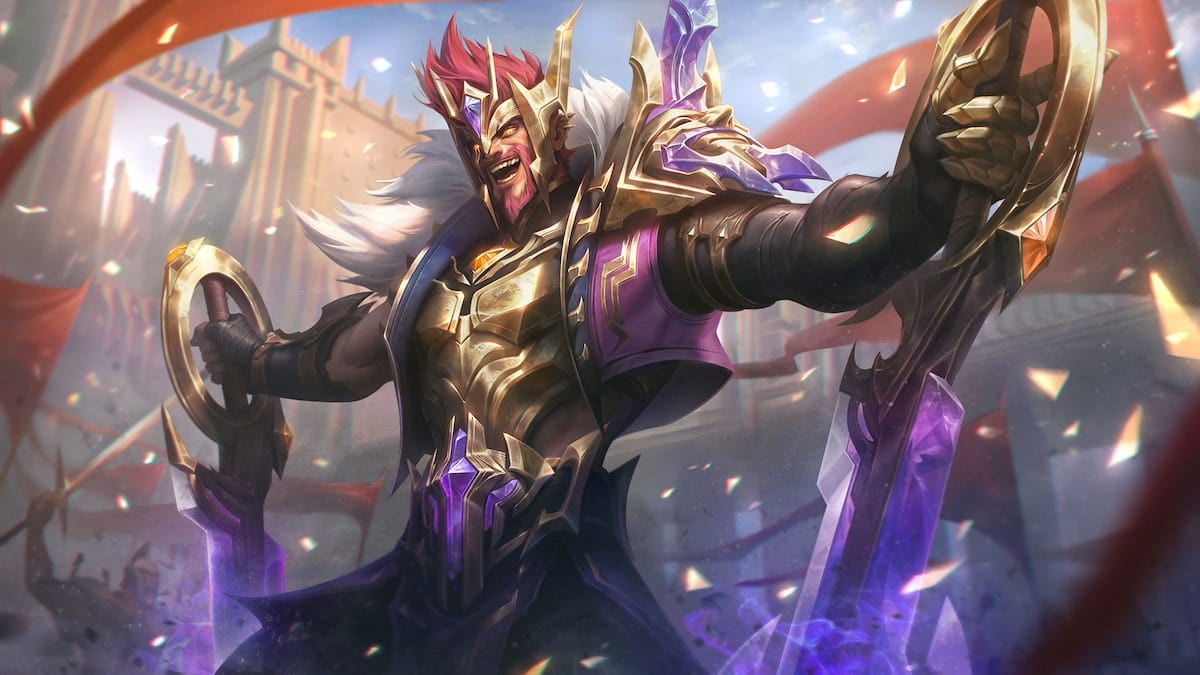
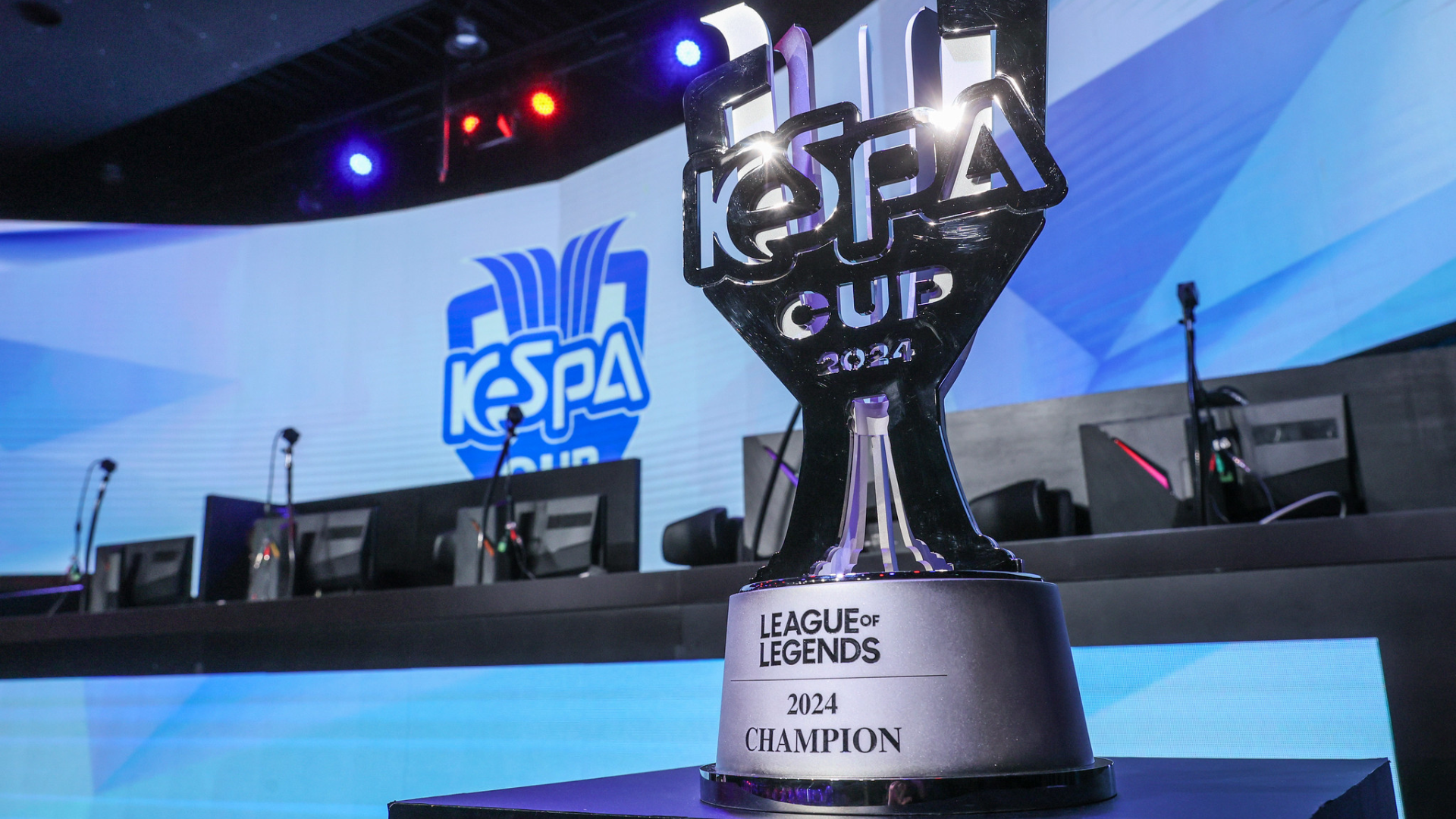
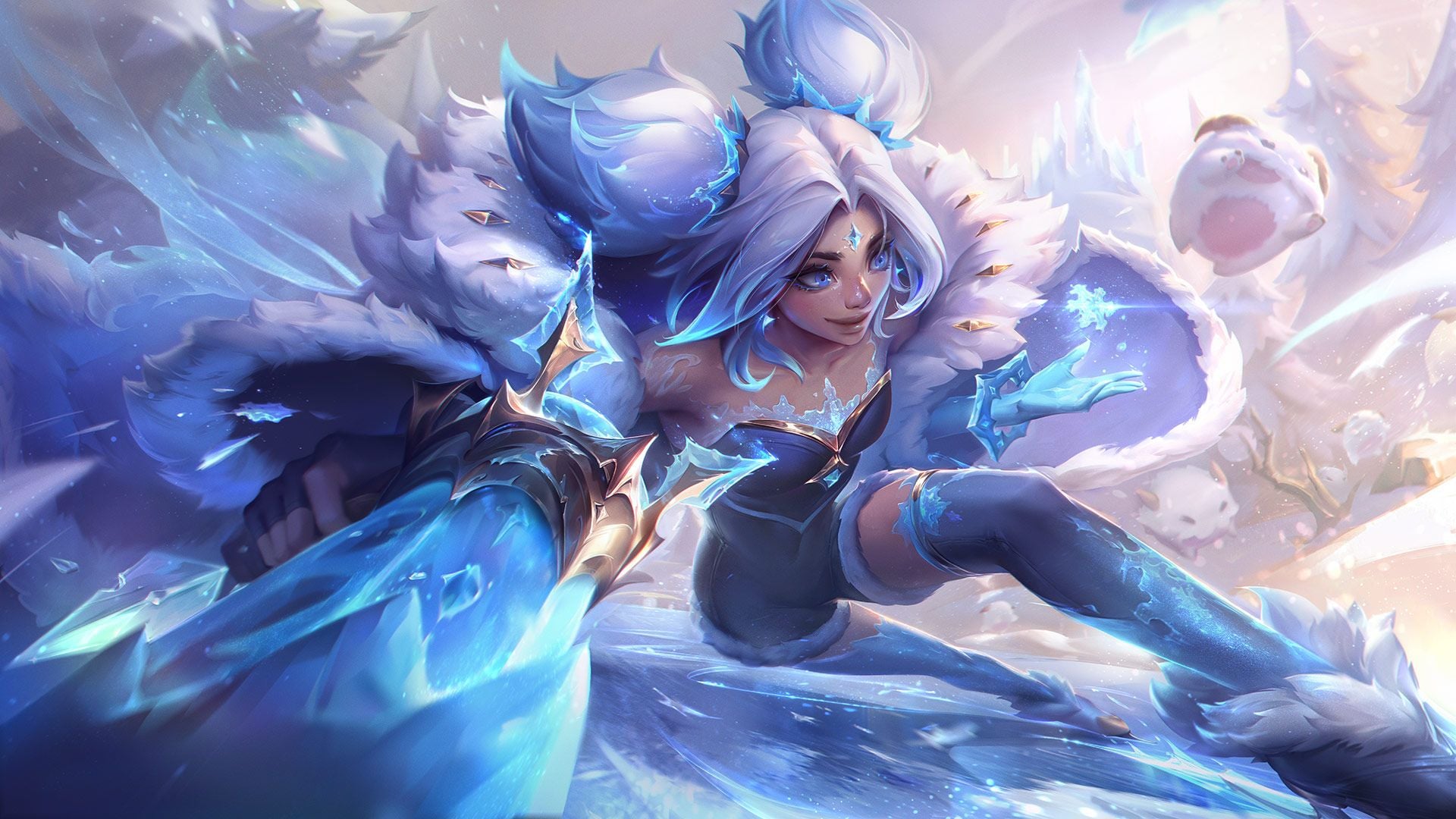

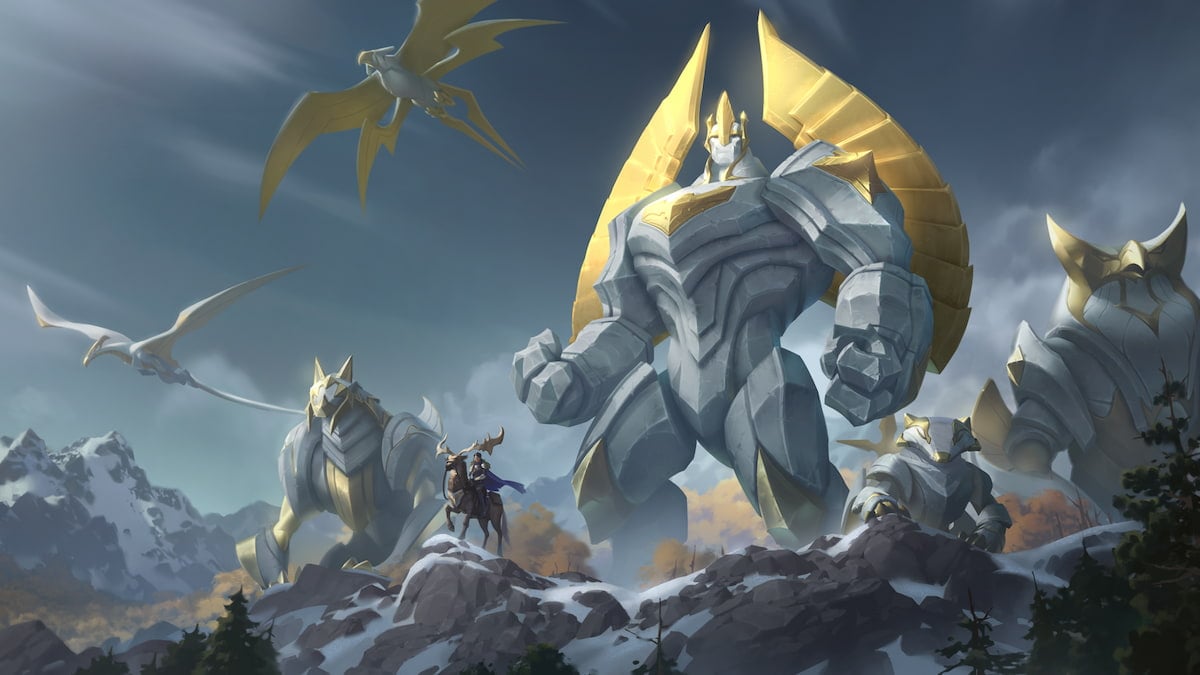
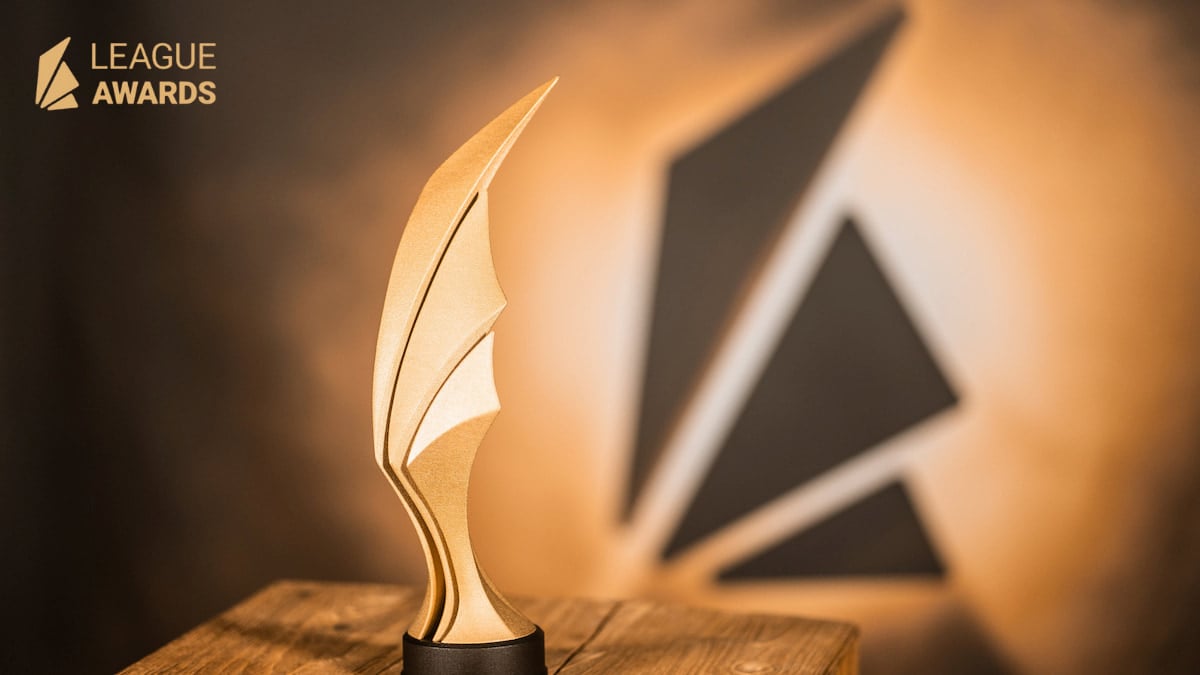
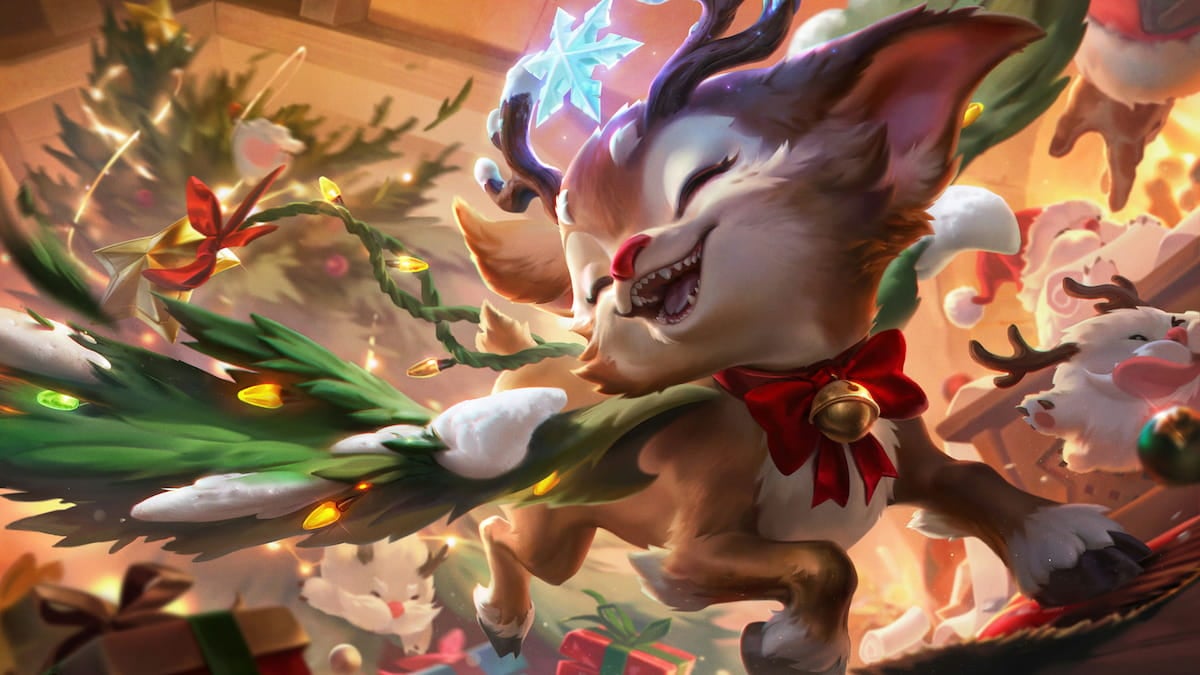
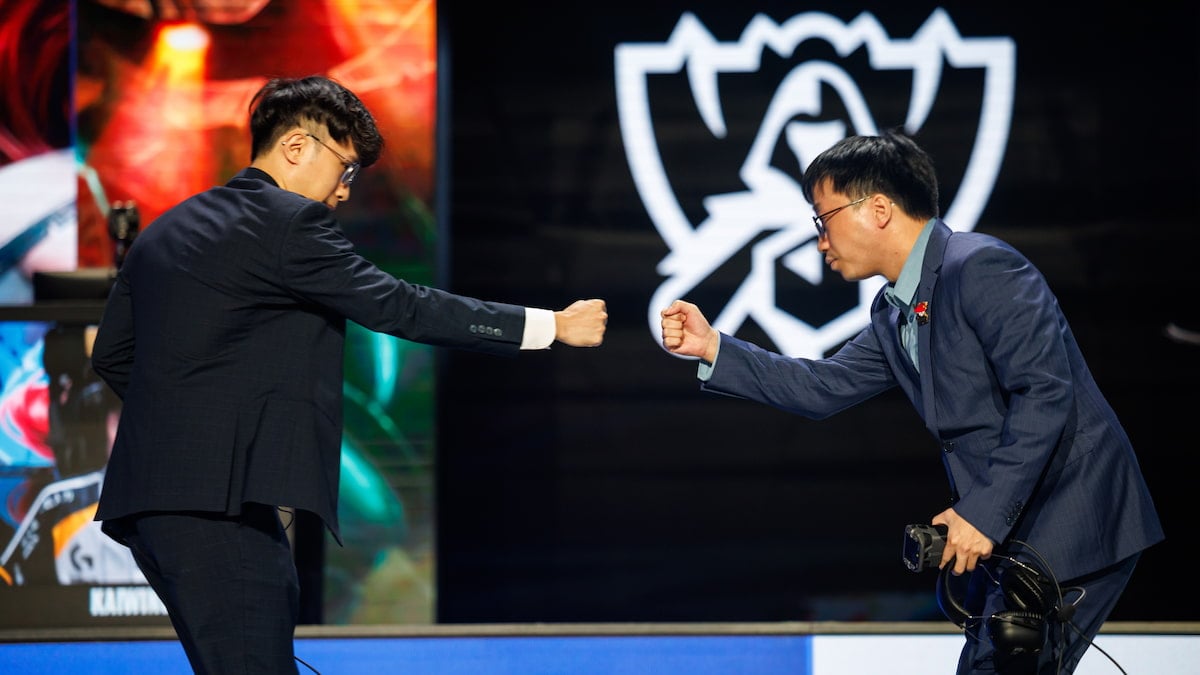
Published: Jan 2, 2016 02:24 pm